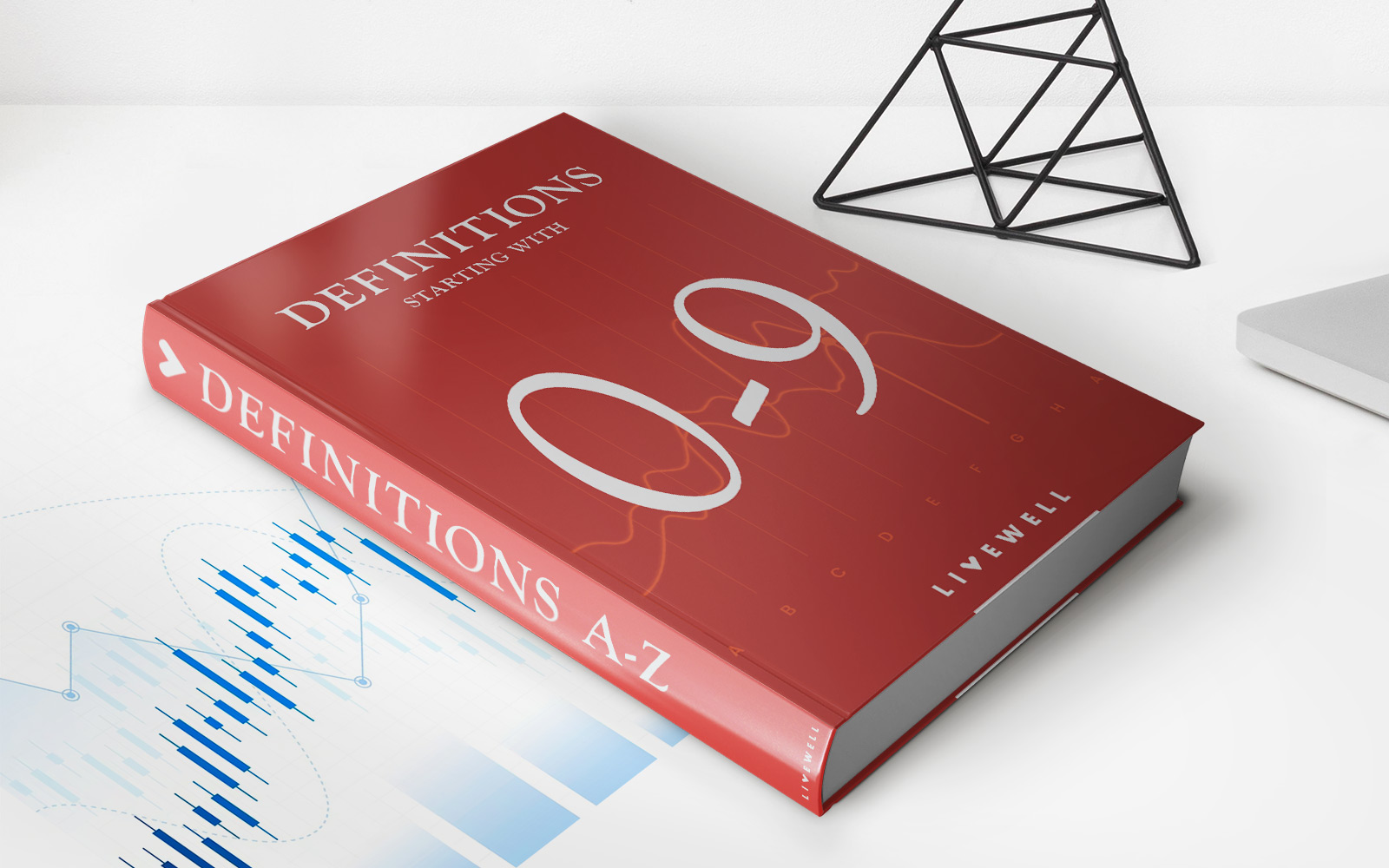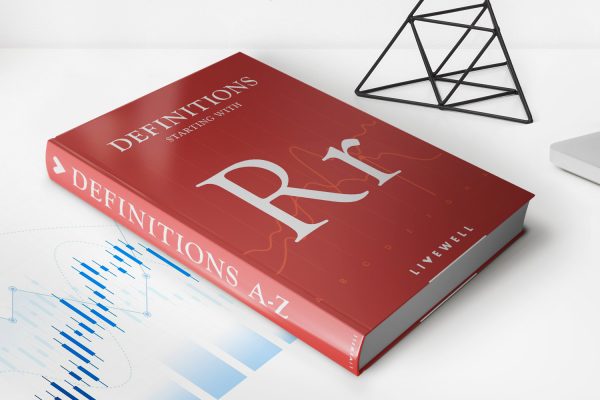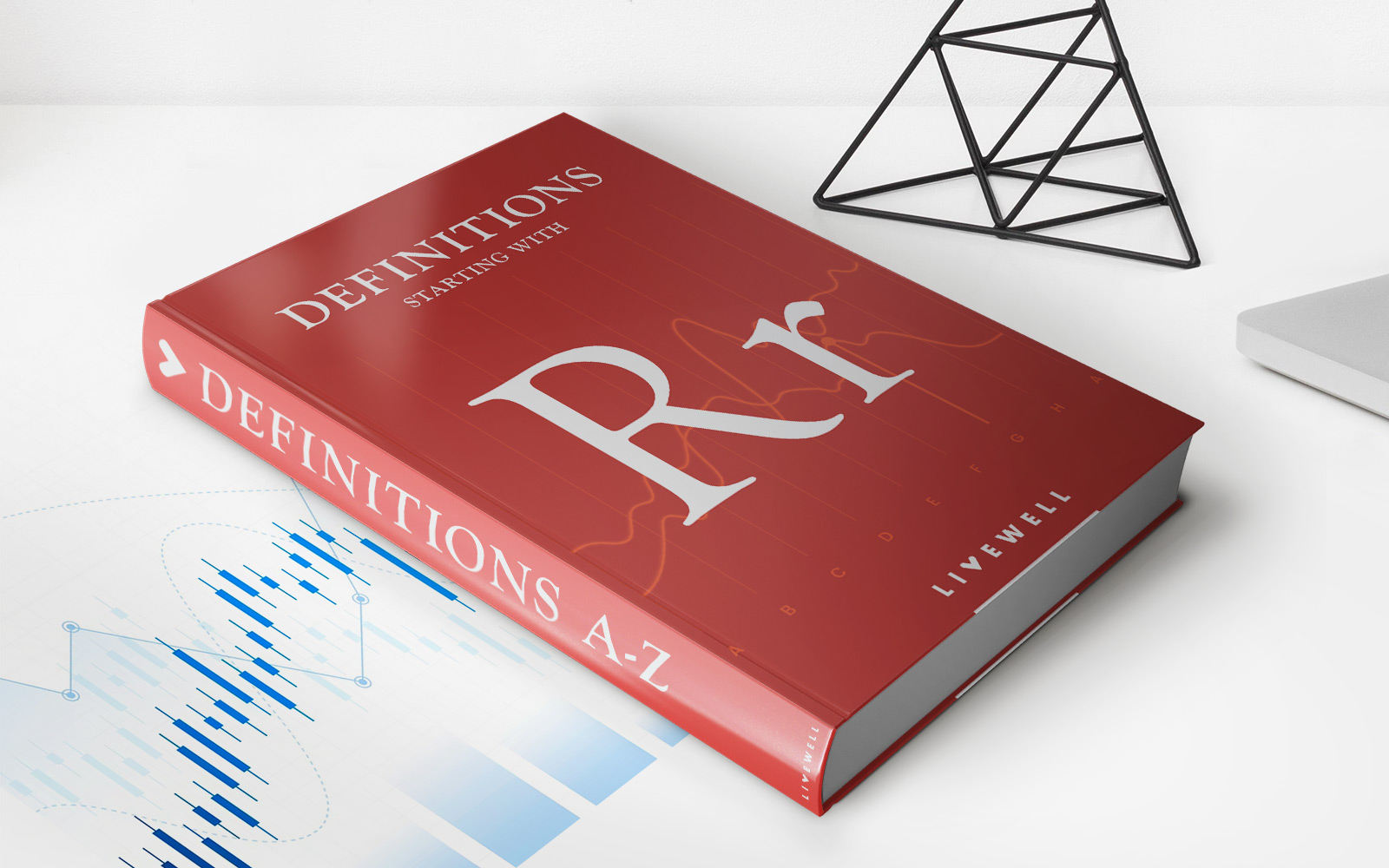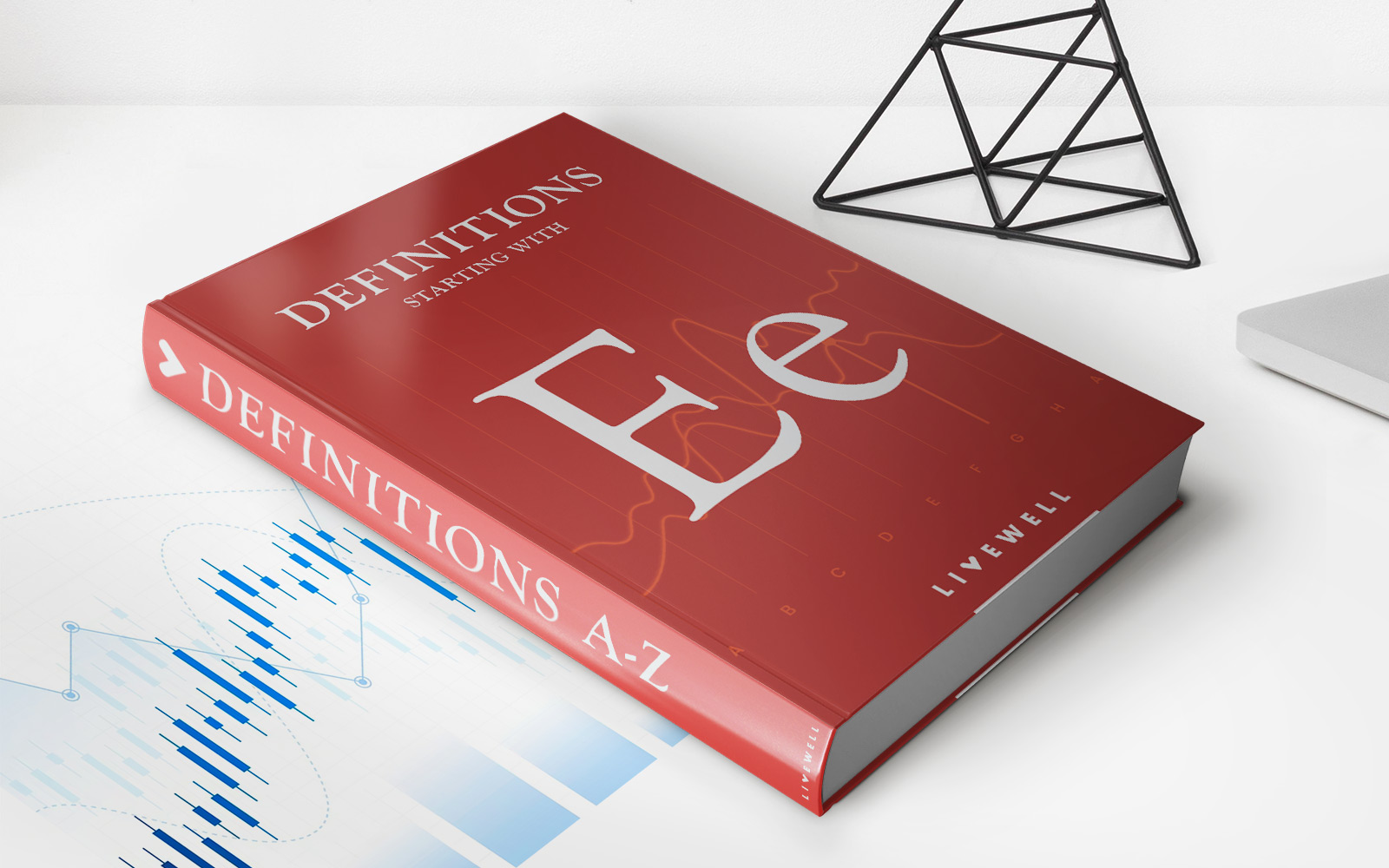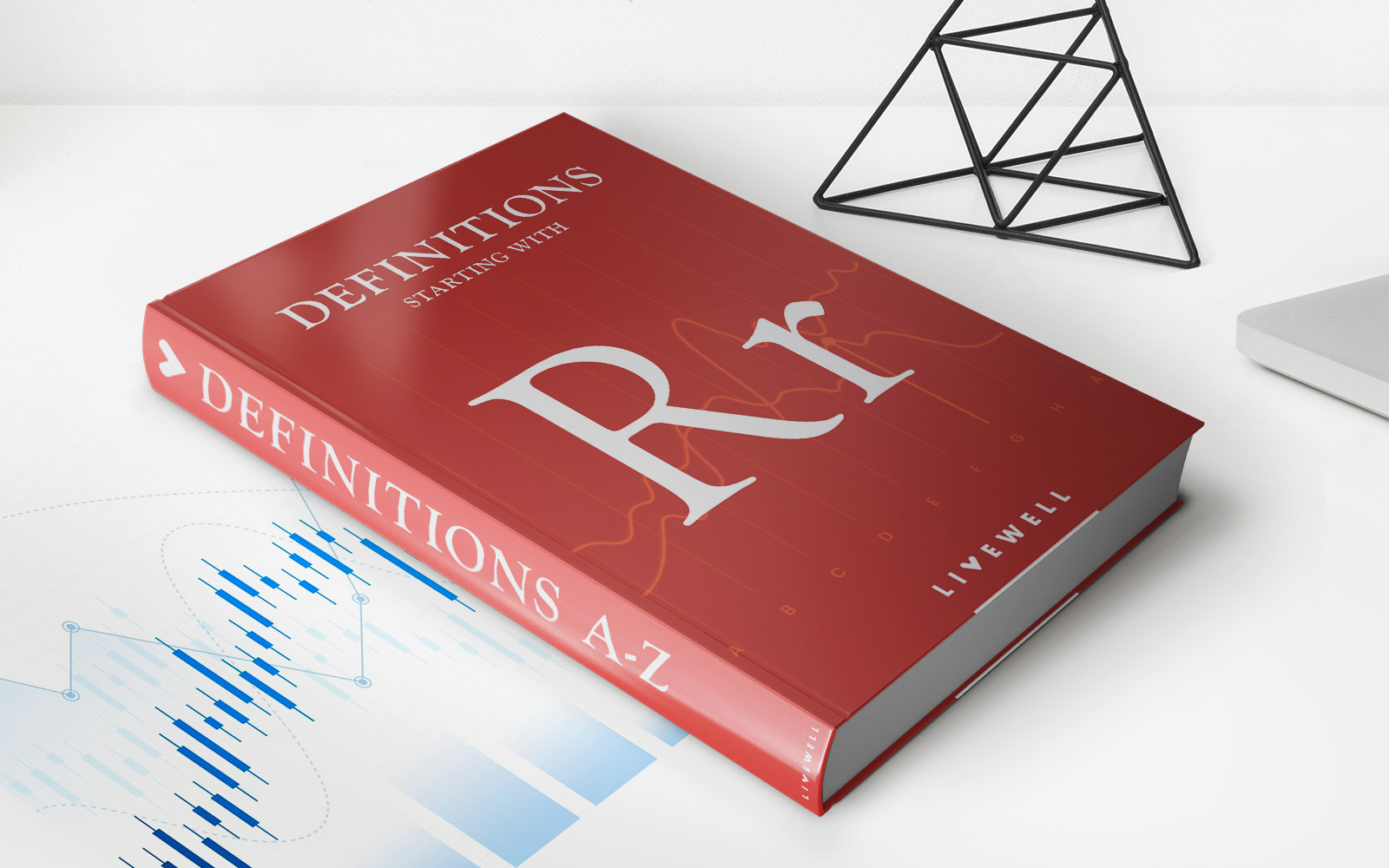

Finance
Roth Option Definition
Published: January 22, 2024
Discover the Roth option in finance, its definition and benefits. Maximize your retirement savings with this tax-free investment strategy.
(Many of the links in this article redirect to a specific reviewed product. Your purchase of these products through affiliate links helps to generate commission for LiveWell, at no extra cost. Learn more)
Understanding the Roth Option in Finance
When it comes to financial planning and retirement savings, there are various options available to individuals. One of these options that often comes up is the Roth option. But what exactly is the Roth option, and how does it work? In this article, we will dive deep into the world of finance and provide you with a comprehensive definition of the Roth option.
Key Takeaways:
- The Roth option is a retirement savings account that allows individuals to contribute after-tax money.
- Contributions to a Roth account grow tax-free, and qualified withdrawals are tax-free as well.
The Roth option is a type of retirement savings account that provides individuals with certain tax advantages when it comes to saving for their future. Unlike a traditional retirement account, where contributions are made with pre-tax money, the Roth option allows individuals to contribute after-tax money.
So, why would someone choose the Roth option over a traditional retirement account? The main advantage lies in the tax treatment of contributions and withdrawals. With a Roth account, although contributions are made with after-tax money, they grow tax-free. This means that any investment gains within the account are not subject to income tax or capital gains tax. Additionally, when individuals reach retirement age and start making withdrawals, those withdrawals are tax-free as well, as long as certain conditions are met.
It’s important to note that the tax advantages of a Roth option are subject to income limits and contribution limits. Depending on your income level and filing status, there may be certain restrictions on your ability to contribute to a Roth account. However, even if you are unable to contribute directly to a Roth account due to income limits, there are strategies such as a backdoor Roth conversion that may still allow you to take advantage of the benefits.
Another point to consider is that while contributions to a Roth account can be withdrawn at any time without taxes or penalties, the earnings on those contributions cannot be withdrawn penalty-free until the account holder reaches age 59 ½ and has had the account for at least five years.
In summary, the Roth option is a retirement savings account that allows individuals to contribute after-tax money. The key benefits of a Roth account include tax-free growth of contributions and tax-free withdrawals during retirement. As always, it’s essential to consult with a financial advisor or tax professional to determine if the Roth option is the right choice for your specific financial goals and circumstances.
